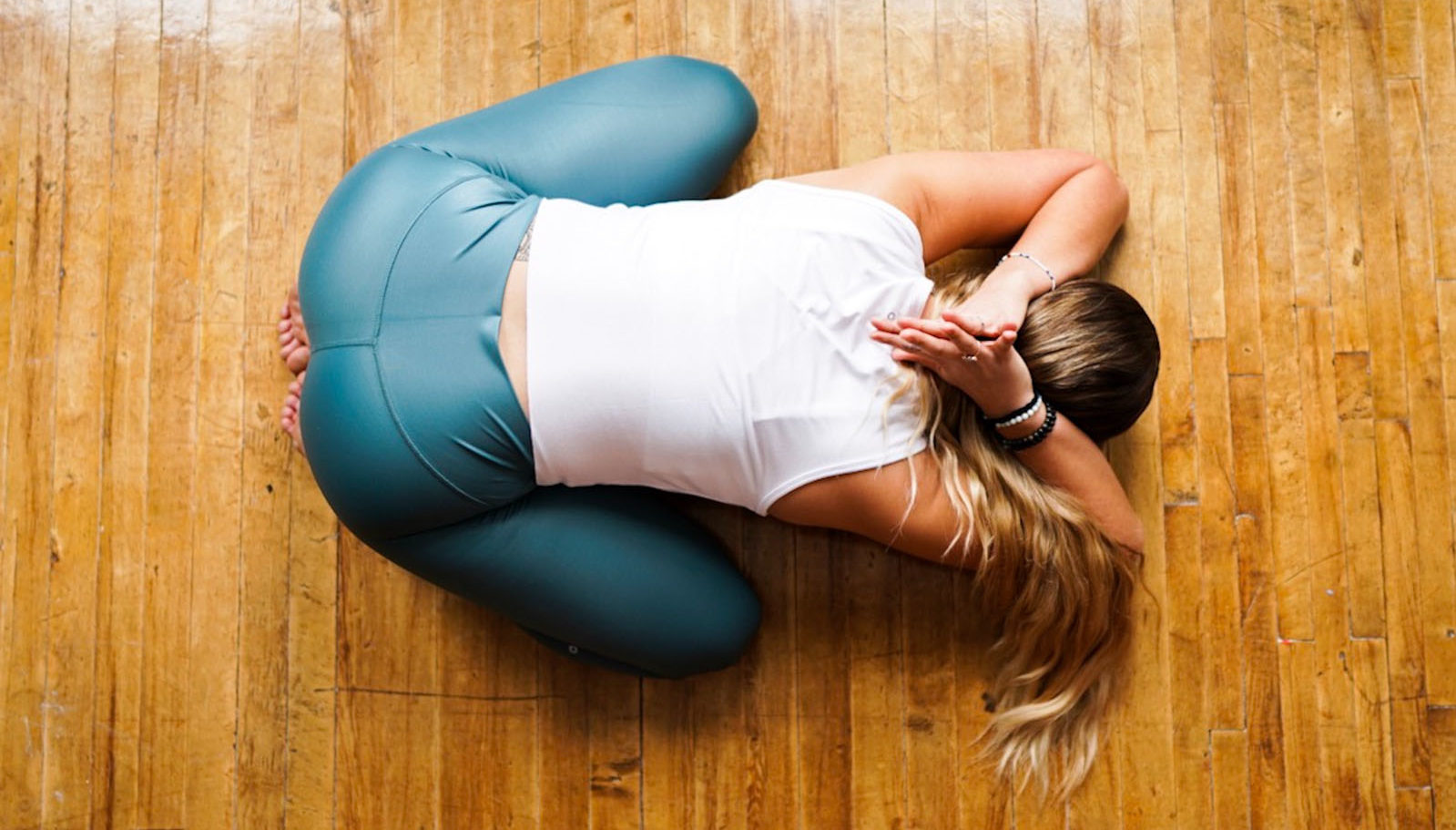Expecting
6 min Read
Relaxation and breathing techniques

January 22, 2018
Expecting
6 min Read

January 22, 2018

Familiarize yourself with breathing and relaxation techniques that will allow you and your partner to get in touch with your body and your needs. Each day, try spending quiet time with your partner or by yourself, relaxing and getting in tune with your breathing. The ultimate goal of relaxation when giving birth is maximizing oxygen supply to the uterus, improving uterine efficiency. If you are stressed, the uterus tenses up, causing more pain.
Preparation
Get into a comfortable position, side lying or semi-sitting, supported by pillows.
When you have mastered relaxation in this quiet, controlled environment, progress to a ‘busy’ environment, since the hospital is a frenetic place, with many distractions. If you feel extremely tense and anxious during labour, ask everyone to clear the room. This might help you refocus.
Methods of Relaxing
Progressive Relaxation
This is focusing on one or more muscle group at a time to relax your entire body. Tense each body part for about six seconds and release (don’t hold your breath). Slowly tour your body, consciously tensing and releasing muscle groups, working down from facial muscles to toes. Your partner or a taped voice can also guide you through.
Touch Relaxation
Your partner can apply the following techniques:
As you become familiar with your body, your partner will be able to recognize tense areas and go directly to them.
‘Puppet String’ Relaxation
Imagine you are a puppet with strings attached to your body. Imagine lifting one string up, then relaxing it (i.e., elbow string). Once you have mastered this technique, lift multiple strings simultaneously (i.e., elbow and foot) and relax them.
Guided Imagery
This form of relaxation uses the body and mind. Form a mental picture of a pleasant scene (i.e., a warm bath or tanning on a beach) and escape into that scene. Remember that relaxing involves controlled breathing.
Breathing
Our pace and rate of breathing changes constantly depending on our emotional and medical status. Pain or panic can cause rapid breathing or forceful exhaling, resulting in the flushing of carbon dioxide out of our system (hyperventilation). Hyperventilating causes a sense of dryness, dizziness and lightheadedness.
Greeting Breath
Recommended for any type of contraction, greeting breath is also known as cleansing breath, relaxing breath, in/out breath, refuelling breath, and complete breath. Perform this type of breathing at the beginning and end of a contraction.
This type of breathing allows maximum expansion of lungs and a complete exchange of gases. Breathing should be effortless.
Slow-Paced, Rhythmical, Full-Chest Breathing
This is for tolerable contractions (usually in the early stages of labour).
Roving Body Check with Slow Breathing
This technique combines breathing and relaxation.
Upper Chest or Light Breathing
Used during more intense labour, when slow breathing no longer helps, and you can no longer perform any activity during contractions, such as walking.
Transition Breathing
Used when deep or shallow breathing is no longer helpful. This form of breathing is at the centre of the mouth, not behind the throat.
Breathing (During Second Stage Labour/ Pushing Stage)
Spontaneous or Self-Directed Pushing
You are the best judge of how to push.
Benefits of Applying Good Breathing Techniques
Directed Pushing
This is used when you have been given medications(i.e., epidural) because you usually can’t feel the urge to push.
Katarina Ehler is a Public Health nurse with City of Toronto. She has taught prenatal classes, implemented a prenatal education program, worked as an infant loss group facilitator and as a public educator with Bereaved Families of Ontario.